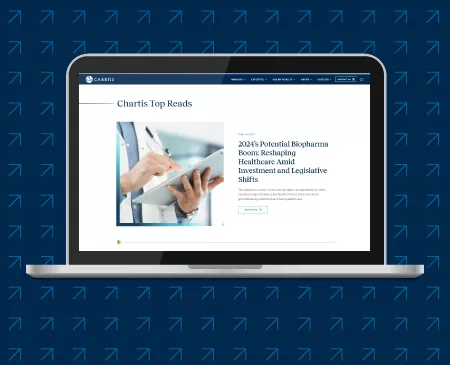The Client Challenge
Facing a 10% membership decline and a 3% medical loss ratio (MLR) increase, a large provider-sponsored health plan (PSHP) sought innovative strategies for growth and improved health outcomes. As with many PSHPs, membership growth was a challenge because of perceived limitations based on geography and lines of business. The PSHP also struggled with implementing cost-effective care management because of competing priorities with the parent health system.
COMMON CHALLENGES FOR PSHPS:
- Stagnant membership growth
- Hidden opportunities in product line expansion
- Significant financial impact from high-risk member cohorts, with limited capabilities for targeted care management
- Complexities arising from the health system and PSHP’s varying goals (e.g., utilization to value-based care and long-term investment needs)
Navigating to Next: The Solution
The PSHP partnered with Chartis to develop a comprehensive strategy to drive membership growth and improve health outcomes. Because the PSHP operated a single line of business in a highly competitive segment, its growth trajectory was limited. Chartis assessed the market, including consumer demographics, provider relationships, and competitor performance, to identify opportunities to diversify the plan’s product lines. The team developed a business case that highlighted the required investments and the potential significant strategic and operational value.
To improve the health outcomes of PSHP members, the team performed an in-depth analysis of claims data to identify opportunities for cost-effective care strategies. The analysis identified specific membership cohorts with high medical costs who were not integrated into a holistic care management program, such as members experiencing homelessness and members with end-stage renal disease. Chartis worked with the PHSP’s clinical teams and select providers to design unique care management programs that integrated medical, behavioral, and community-based resources to increase quality, improve the member experience, and avoid unnecessary expenses.











